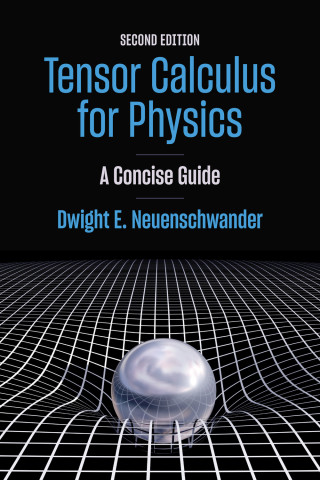
Reviews
Edwards arrives with this pleasing little history about who John Venn was, why he conceived of the diagram, and the properties that lie secreted beneath such a seemingly simple mathematical object... A world-class authority, Edwards... proves himself wholly accessible to anyone interested in reading about mathematics.
Deserves to become a minor classic and may well go on to make many friends for mathematics.
Entertaining.
Edwards is a charming if earnest guide, and the many illustrations of the beautiful cogwheels will fascinate and satisfy.
The kind of book that I can imagine giving to a wide range of readers: any junior high student would be able to follow the mathematics, and most professors would find it interesting... I found it to be a nice—if light—read, and it is well worth a look.
Many excellent and graphically exciting illustrations of Venn diagrams transform what might have been a simple math book into one that shows that mathematics can generate pictures that could be considered... in the forefront of modern art.
Give this book to any youngster with an enquiring mind, and watch delight develop.
There is a nice balance between personal anecdotes, history, aesthetics and attention to detail... The overall result should become something of a classic.
Venn diagrams are familiar as pictorial representations of relationships among sets, and statistician Edwards discusses their development... He shows how to interlink shapes to form beautiful Venn diagrams.
I heartily recommend it for readers interested in knowing more about John Venn and the geometric properties of Venn diagrams. It will also be appreciated by those interested in the process of mathematical discovery.
An insightful history of the diagrams.
Lovely little book... which should not be summarized. It should be bought and enjoyed first-hand. It is a book in which mathematics and its history are combined in a lovely autobiographical account of a voyage of discovery. The mathematics is interesting, the history is interesting, the personal account is interesting, and the book, with its elegant full-colour pictures and diagrams is beautifully produced. The author and his publisher are to be warmly thanked and congratulated.
A short book, with a fittingly large number of illustrations, it summarizes a wealth of logical and geometric ideas.
If you have an interest in the history of mathematical ideas and the creative process of mathematicians, then I recommend this book.
Edwards' fascinating study relates this invention to the study of mathematics, scientific thought, graphic design, and modern art.
A very short readable book on attempts to physically represent the intersection of any number of sets.
There is no better place to start than with Cogwheels of the Mind.
This is a wonderful book which should be taken simply for what it is, the story of the Venn-Edwards diagrams.
An engaging, very readable, and profusely illustrated account.
An easy, friendly, and enlightening book to read... Would be of particular interest to college professors, especially those involved in teaching a History of Mathematics class and/or a Graph theory class.
Cogwheels of the Mind is not only interesting but inviting. Edwards' penetrating insight into the contentious history of John Venn and his diagram is fascinating. Read it!
You simply can not be knowledgeable of Venn diagrams until you have read Professor Edwards' delightful book. It is a real treat for the logical mind.
Book Details
Foreword
Preface
Chapter 1. John Venn and His Logic Diagram
Chapter 2. Rings, Flags, and Balls
Chapter 3. Five and More Sets
Chapter 4. The Gray Code, Binomial Coefficients, and the Revolving-Door
Foreword
Preface
Chapter 1. John Venn and His Logic Diagram
Chapter 2. Rings, Flags, and Balls
Chapter 3. Five and More Sets
Chapter 4. The Gray Code, Binomial Coefficients, and the Revolving-Door Algorithm
Chapter 5. Cosine Curves and Sine Curves
Chapter 6. Ironing the Hypercube
Chapter 7. Diagrams with Rotational Symmetry
Appendix 1. Metrical Venn Diagrams
Appendix 2. A Rotatable Edwards–Venn Diagram
References
Index





